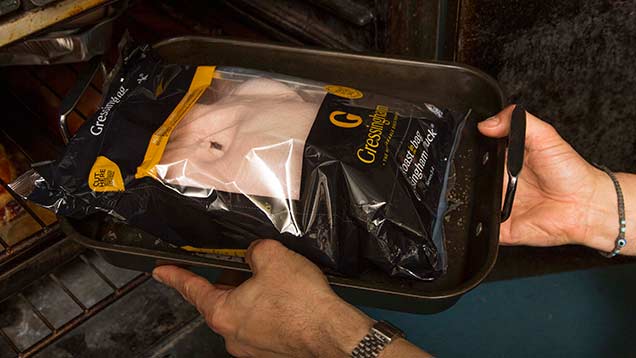Duckmeat sales forge ahead

Duck meat sales have risen strongly this year, achieving double-digit growth at retail as more consumers are willing to cook it at home.
Data from Kantar Worldpanel, which monitors retail activity, show that fresh duck sales in primary and added value formats have increased by 8% in volume and 19% in value in the first half of the year – and this trend has continued over the summer.
“First and foremost it’s to do with increased market penetration, with more people prepared to give duck a go,” said Steve Curzon, marketing director at Gressingham, the country’s main supplier of retail duck.
See also: What it takes to produce quality-meat ducks
He also attributes the increase to a change in the product mix, with people switching to more expensive, added value items, such as portioned products with sauces and cooked ready-meals. “Over the summer we introduced a pulled duck product, which has also helped.”
Mr Curzon says there is reduced wastage in the supermarkets, too – by which he means less product going on special offer in the chill cabinet as it approaches its “sell-by” date. “Last year we introduced Darfresh packaging, and this has increased shelf-life and so reduced wastage.”
To some extent, volume growth has been encouraged by supermarket promotions, with Waitrose running offers on duck. Marks & Spencer has also featured unbranded duck in their “dine in” deals, stimulating the market further.
Gressingham’s latest offering is roast in the bag whole duck and duck crowns, which are available in Tesco and Asda, respectively.
While chicken processors have already gone down this route as a means of containing campylobacter, Mr Curzon says the motivation for duck is to enhance consumer convenience, produce a more succulent roast and to reduce mess. Shelf-life will also benefit.
